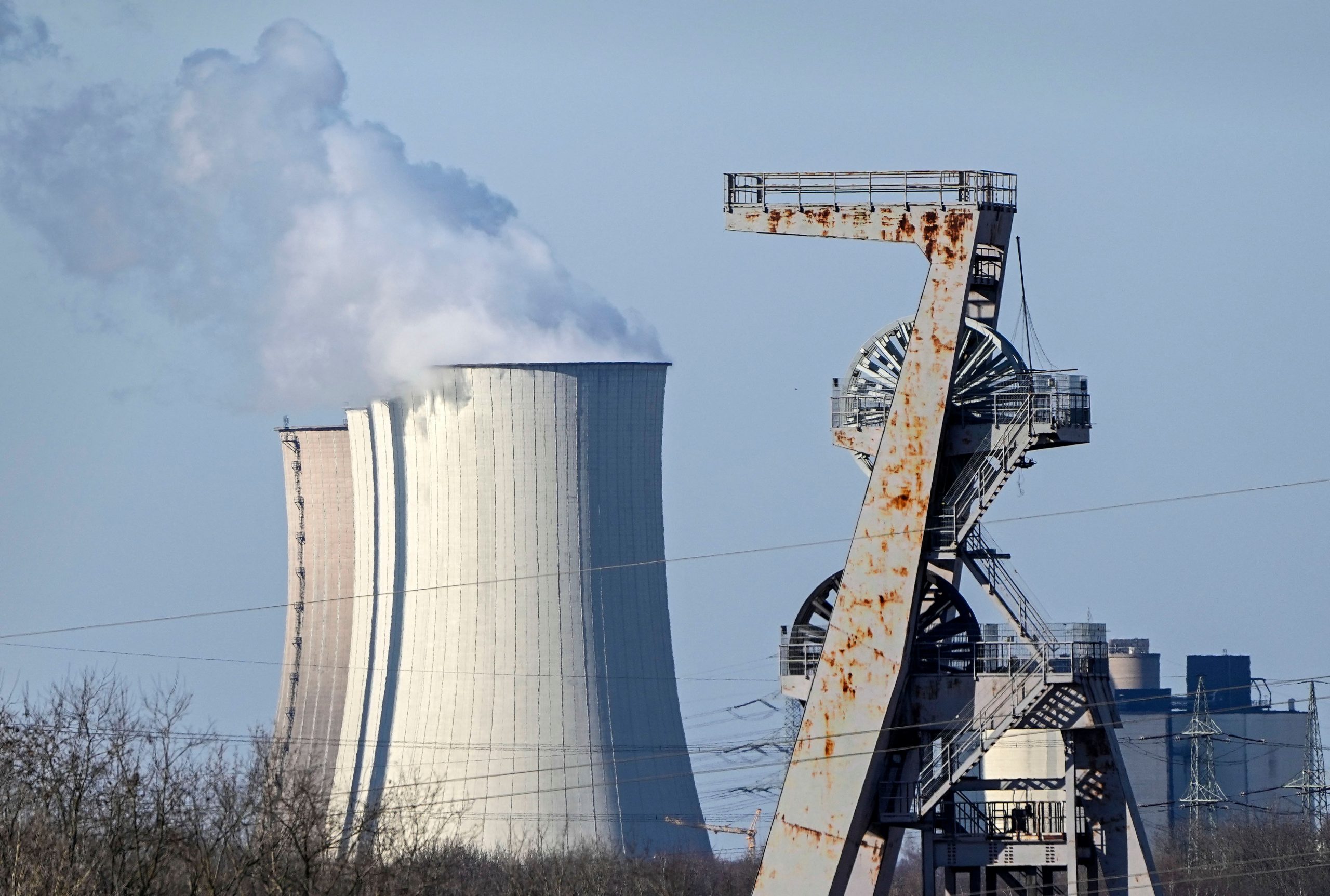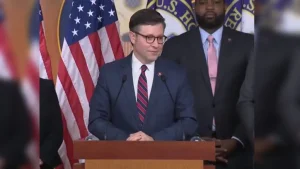European gas prices are falling from their peaks
reached this summer, but businesses and household consumers will have to wait
for relief from raging inflation.
Natural gas prices in Europe dropped below
€100 per megawatt hour this week for the first time since Russia
slashed supplies this summer, due to mild weather and close-to-full
gas storage easing tensions over winter shortage. Gas prices
are now 70% down in Europe than levels seen in August when they surged above
€300/MWh, although it is still higher than the €20 to €40/MWh range they were
trading at over the past decade.
Also Read: Rishi Sunak, Akshata Murthy’s combined net worth more than King Charles III
The European Central Bank (ECB) is not expected
slow the pace of aggressive interest rate hikes noting the inflation levels. It
has raised rates by a total of 125 basis points (bps) since July. It will
discuss energy costs in the Frankfurt meeting this Thursday.
The energy crisis in Europe was sparked by the
Russia-Ukraine conflict which drove a remarkable surge in inflation across the
continent. The governments are spending tens of billions of euros to compensate
for high prices and prevent their economies from slipping into a recession.
Also Read: WhatsApp outage: Why were services down?
The European Union’s (EU’s) ban on imports of
Russian crude oil was enforced on December 05, 2021, and that on petroleum
products was enforced on February 05, 2022.
“If prices continue to be at these levels, it
would raise concerns in the long run. But short term, the moves in market
prices cannot be 1:1 translated into headline inflation,” said Aila Mihr, a
senior analyst at Danske Bank.
Also Read: EU passes new law making USB-C standard charger, Apple to be most affected
“Even at these prices, consumers will have to
face higher energy bills over the winter,” he added.
“The supply-demand mismatch will surge gas
prices, resulting in extended inflationary pressure as the temperature starts
dropping and the storages get consumed,” said Katja Yafimava, a research fellow
at the Oxford Institute for Energy Studies. “We should not expect the forward
curve to come down,” he added.
Also Read: John Shaw, Kiran Mazumdar’s husband, passes away
Fears of energy shortage in Europe have eased as
storage has filled this winter. Further, prices may fall even more
on the back of unexpected high temperatures which are delaying the seasonal
increase in gas demand. But the current scenario would reverse promptly as
winters settle in Europe. The forward price curve still reflects a rise in gas
prices in the coming months. Europe may still struggle to refill its gas
storages in the coming summer without Russia’s supply.
This reflects long-lasting pressure and high
prices compared with historic levels until a new wave of Liquified Natural Gas
(LNG) facilities comes into action and global supply tightness ease.







